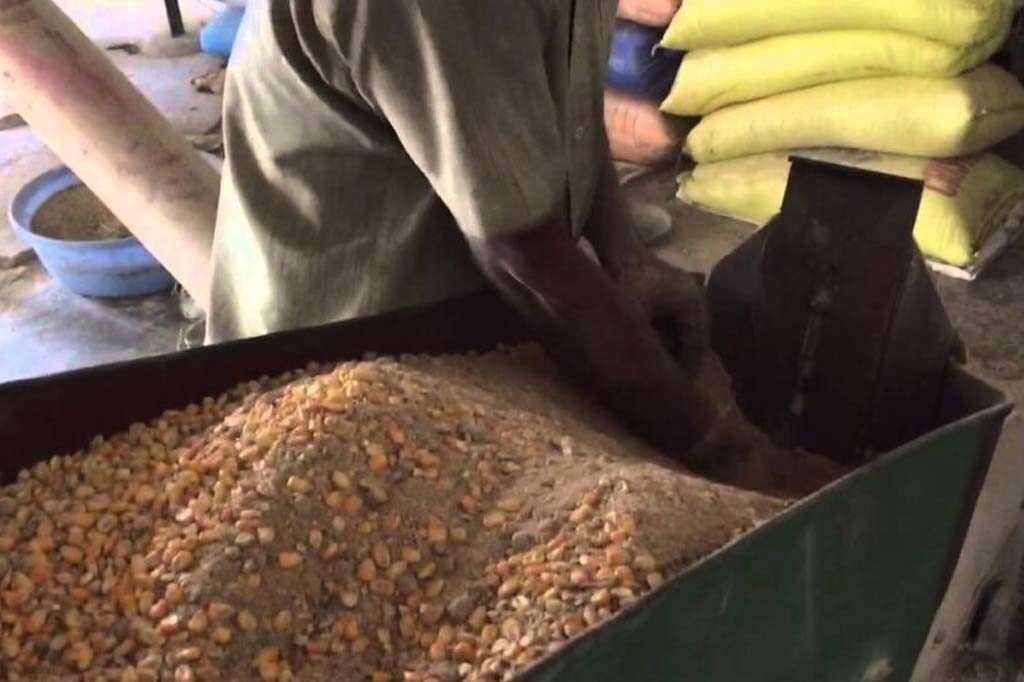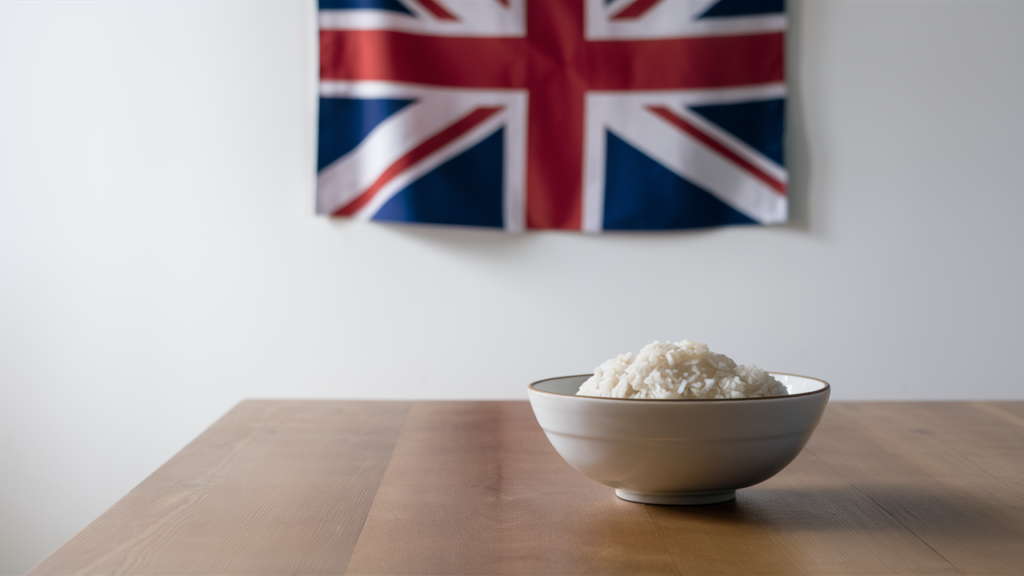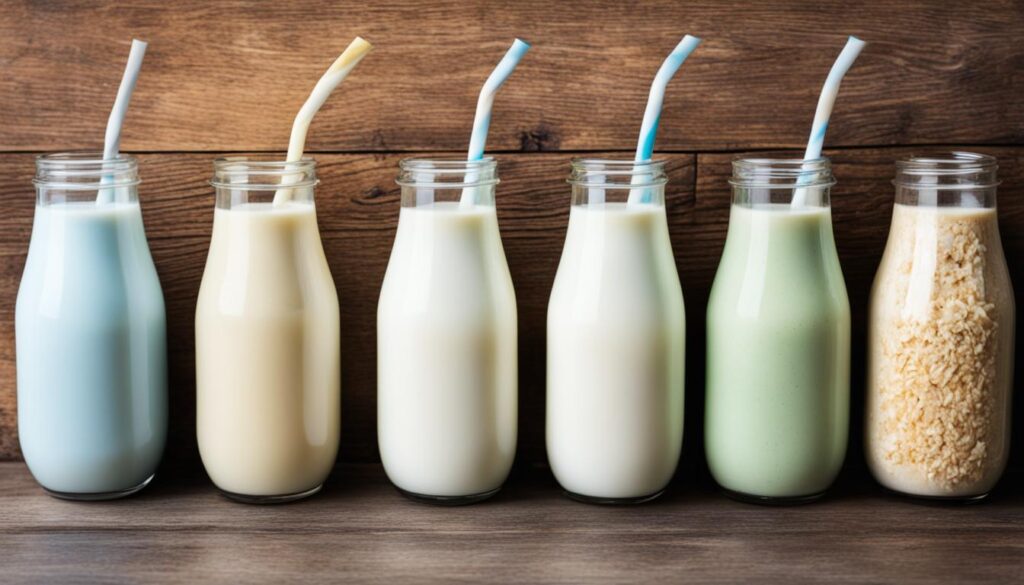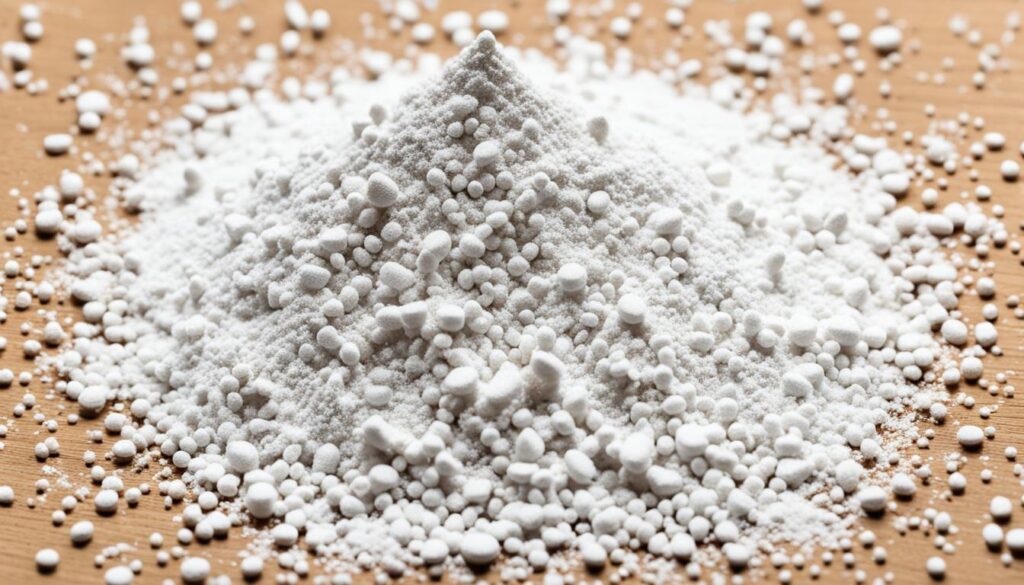Demand for dietary proteins among the expanding population, supported by the rise in economic standards is driving animal feed protein ingredients demand. Growing awareness about the benefits of animal proteins has led to a better yield of farm animals along with other domesticated pets.
An animal feed should have all the required amino acids and essential nutrients. In the processing of feed, producers consider species, age, production level of the animal, and feed costs. Animal feeds are intended to indemnify nutrients and supplements that are not contained in the regular diets of the animals.
The feed is typically supplied as pellets. Generally, pellets are made from starch and/or protein that is based on several other ingredients, such as wheat and corn.
A more significant proportion of these formulations consists of proteins and starch. Proteins are composed of amino acids that are joined by peptide bonds and act as building blocks. Starch is a polymer of amylose and amylopectin monomers with both hydrogen and glycosidic bridges. Denaturation of the protein or gelatinization helps to bind the feed ingredients together.
How Animal Feed is Prepared?
Animal Feed Preparation is basically carried out in four easy steps that are as follows:
- The suppliers provide feed mills with raw ingredients. The ingredients are then measured, evaluated, and analyzed for different nutrients, and their quality and protection are ensured.
- Protein concentrates are then added to make the feed complete
- Nutritionists work closely together with scientists to devise a safe and healthy diet for livestock, aquaculture, poultry, and pets. This whole process is very dynamic because each species has distinct nutritional needs.
- The mill blends the ingredients once the formula is formed to produce the final product.
Processing Methods:
Animal food manufacturers use many processing methods for animal feed preparation. Some of them are:
- 1- Hot Processing:
The thermal treatment is used to enhance the hygienic and nutritional properties in the animal feed. Heat energy for dry and wet ingredients such as soybeans and cereals is applied. The purpose is to smooth out seeds, modify the starch or denature anti-nutrient inhibitors.
- 2- Cold Processing:
This process involves hammer mill grinding, dried feeds’ soaking and reconstitution, and size reduction. It affects the physical nature of the feed but does not alter the chemical characteristics much. The processing of feeds is done at lower than room temperature, and feeds in this process are the mash forms.
- 3- Extrusion Processing:
This process uses the following three main principles:
- High shear pressure.
- Steam conditioning.
- High-temperature cooking.
In swine, fish, and poultry, extruded pellets have higher performance than the ones that are fed on the mash. Extrusion blends moisture, high temperature, and pressure factors to adjust the starch and protein to increase the digestibility.
- 4- Popping:
The seeds are treated using a dry, hot feed processing process. This process leads the endosperm to unexpectedly rapture. The seeds are rolled and then fed to the animals.
- 5- Pelletisation:
This hot processing method involves formulating feed and then pushing it with the aid of rollers through a spinning die. Owing to the high pressure used, this process affects the physical and chemical properties of the feeds. There is almost no loss during transportation and feeding, as the pellets do not break easily.
Quality Assurance of the Product:
Quality assurance is a series of processes that manufacturers follow to make sure that all products meet the desired quality standard. It starts with the analysis of the ingredients.
To determine the quality of ingredients used in the process and finished feed products, test methods, and frequencies are produced by the quality assurance, nutrition, procurement, and development teams.
Conclusion:
Nutritive value of feeds is very important when manufacturing it. Utilization of good quality feeds will play a very important role in the health improvement of animals such as Metabolic cycle, meat yield, reproduction and health responses, as well as potential environmental impacts too.












